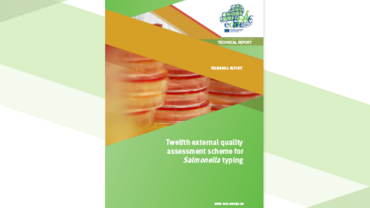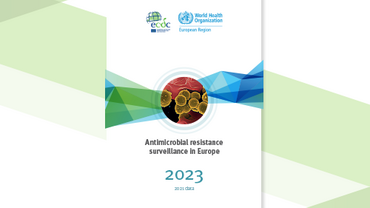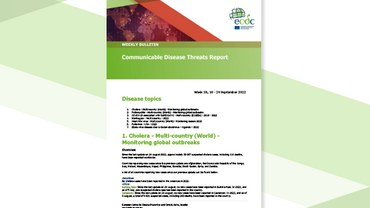The climatic suitability for dengue transmission in continental Europe
This report summarises the key findings of a project to develop a series of risk maps demonstrating the current and potential future distribution of dengue in continental Europe, based on current knowledge of global dengue transmission and its mosquito vectors, Ae. Aegypti and Ae. albopictus.
The results show that Europe appears to be at little risk from dengue transmission in comparison with other global locations, even though parts of Europe are potentially climatically suitable as a habitat for Ae. Albopictus.
Executive summary
Europe appears to be at little risk from dengue transmission in comparison with other global locations, even though climatic conditions exist in some parts, new ECDC report concludes.
The report, entitled‘Climatic suitability for dengue transmission in continental Europe‘, summarises the key findings of a project, which developed a series of risk maps demonstrating the current and potential distribution of dengue in continental Europe.
The maps explore the geographical distribution and the climate suitability of dengue and the dengue mosquito vectors - Aedes aegyptiand Aedes albopictus - in Europe to assess which areas could be most suitable for dengue transmission.
The current risk to Europe appears to be minimal, yet some areas are more climatically suitable than others. However, the report provides a relative but not absolute calculation of the risk of dengue transmission.
Much of central and Mediterranean Europe is climatically suitable for Aedes albopictus, states the report; the VBORNET maps on current known distribution of Aedes albopictus show that this mosquito species is already present in many places in Mediterranean Europe. In addition, some areas could potentially be a suitable habitat for Aedes aegypti (the Mediterranean areas of Spain, France and Italy, south-eastern Europe).
The climatic suitability maps can be used as a tool for public health planning. A sensible strategy is to continue to monitor the spread of dengue mosquito vectors in Europeand expand vector surveillance in areas climatically suitable for these vectors.
In 2012 ECDC will produce guidelines to assist the Member States to implement invasive mosquito vector surveillance and improve coverage and harmonisation of data collection within the EU.






